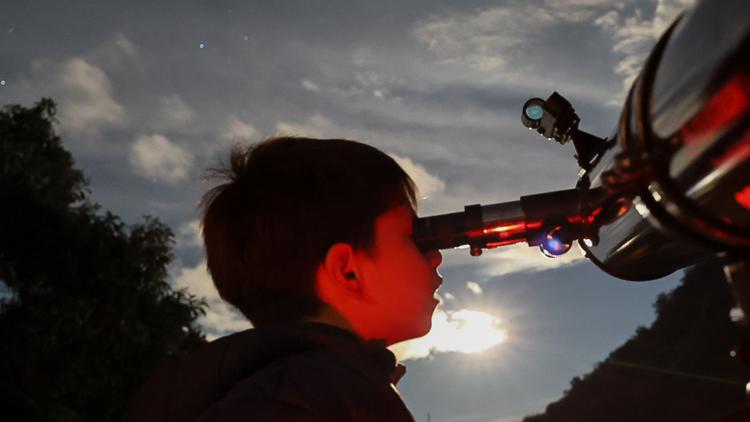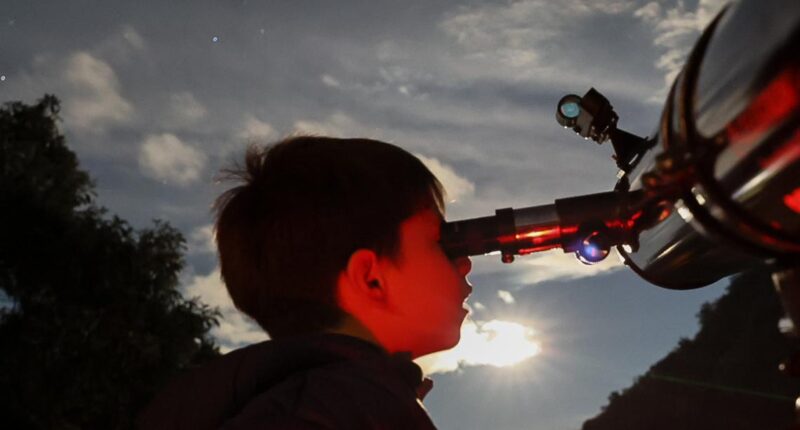
Seven planets will be on display this week, appearing to line up in the night sky at once.
Stargazers will get a rare opportunity to witness the alignment of seven planets in the night sky this week. Mercury will be joining Venus, Mars, Jupiter, Saturn, Uranus, and Neptune in what is known as a planetary parade.
Earlier in January, six planets were seen aligning in the night sky, forming a planetary parade. This event is not unusual and can occur annually depending on the planetary positions. A similar alignment happened last June, but only two planets were visible without any special viewing equipment.
From Feb. 23 to Feb. 28, most of the planets can be observed with the naked eye after sunset. The alignment coincides with a new moon, providing an optimal opportunity to view the planets against a dark and clear backdrop.
Only Mercury, Venus, Jupiter and Mars will be visible with the naked eye, according to StarWalk. To see the full “planet parade,” you’ll need some binoculars or a telescope.
Saturn will be the most difficult planet to spot due to its low position — appearing less than 10 degrees above the horizon. It will have the shortest observation window, according to StarWalk.
What planets will be visible this week?
- Mercury
- Venus
- Mars
- Jupiter
- Saturn
- Uranus
- Neptune
When is the best time to view the planet parade?
According to NASA, the best time to observe is around sunset.
While the event will occur between Feb. 23 and Feb. 28, the best viewing day for the U.S. will be between Monday and Tuesday.
When is the next planetary parade?
While planet parades don’t occur every day, they’re not ultra rare, NASA says.
The lineup of four or five planets, that are visible to the naked eye, occurs every few years. In late August, four planets will be visible at once before sunrise.
The Associated Press contributed to this report.















